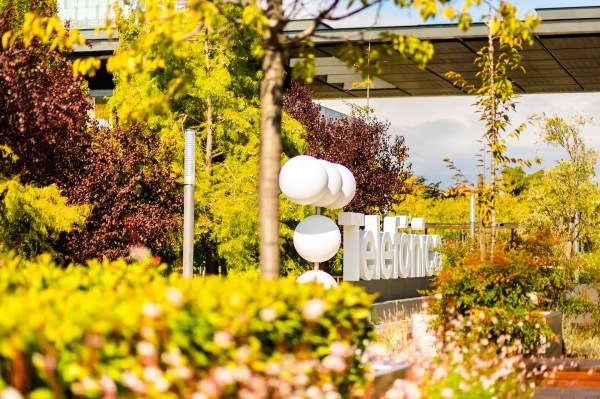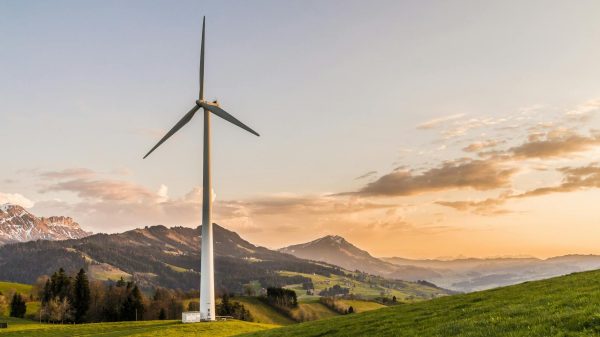What is the circular economy?
The circular economy could be defined as an economic model that aims to minimise the waste generated while seeking a sustainable use of natural resources through the design of smarter products, which can have a longer life span and higher recycling rates.
In contrast to this circularity is the so-called ‘linear economy’, based on a model that extracts raw materials from nature, creates resources from them and then disposes of them as waste.
Thus, we could say that the circular economy seeks economic growth that respects the limits of the planet with a more efficient and sustainable economic model.
The relevance of this circular economy is underpinned by data such as the fact that, in order to meet current consumption needs, the equivalent of three planets would be needed to produce in 2050.
A reality that is more palpable with numbers in hand. According to UN data, in 2019 alone “approximately 13% of food intended for human consumption was lost after harvest, and another 17% was wasted in households, food services and retail trade”.
If we look at the generation of electrical and electronic waste, 7.3 kg per capita were produced in the same year. Moreover, they are generally not managed safely, with consequent damage to both our health and the environment.
The five ‘Rs’ of the circular economy
With the strategic objective of achieving zero net emissions by 2040 and neutralising emissions from its main operations by 2025, Telefónica has also set itself the goal of being a Zero Waste company by 2030 through the five ‘R’s’ of the circular economy:
- Redesign. Re-think the development of a product after incorporating environmental design criteria, which allows the reduction of its environmental impact by incorporating recycled materials or increasing its durability, repair possibilities and energy efficiency. As stated in our Consolidated Annual Report 2023, “introducing environmental criteria in the design of equipment helps us to improve the quality and efficiency of products by taking into account concepts such as repairability and recyclability. This allows us to have more durable and environmentally responsible equipment by reducing the consumption of raw materials, energy and emissions associated with manufacturing. An example of this is that thanks to the reuse and/or repair of fixed equipment from our customers’ homes, we will avoid the purchase of 3.7 million new pieces of equipment in 2023”.
- Reduce. There is no better waste than that which is not produced. Telefónica therefore advocates both extending the useful life of devices and equipment and avoiding programmed obsolescence.
- Reuse. In line with the previous idea, Telefónica also seeks to extend the aforementioned useful life of equipment by reusing it. Thanks to this, almost five million pieces of electronic equipment have been reused, thus avoiding the emission of 381,569 tonnes of CO2. The circular economy is also integrated into the transformation of the network, where many pieces of equipment have a new useful life within the company’s own network. Thanks to the MAIA digital platform, each operator can visualise the equipment available and connect with others in the group to encourage reuse.
- Repair. The company offers a second-hand phone service, after a reconditioning process to return them to the market in the best conditions after an exhaustive process of repairs, checks and tests. Of the 102 tonnes of mobile phones collected, 99.8% were reused and recycled.
- Recycle. When there is no more capacity for reuse, there is no better option than recycling. Each device has a series of metals that can be used as resources in new products. In 2023, Telefónica recycled 97% of all its waste.
Telefónica’s Climate Action Plan
In its Climate Action Plan, Telefónica is blunt about climate change: “Undoubtedly, one of the most important challenges we currently face as a society”.
The operator is fully aware of its role as a driver of change in the economy and society through digital transformation and big data and Internet of Things (IoT) services as solutions to help reduce emissions.
But Telefónica must lead by example and reduce both its own emissions and those of its value chain. Therefore, in 2020, the company increased its climate ambition and announced new Energy and Climate Change targets for 2025, 2030 and 2040, mentioned above, aligned with the 1.5ºC scenario of the Paris Agreement and validated by the SBTi initiative.
To ensure that these targets are met, the Climate Action Plan is integrated into the company’s governance model “and provides for the quantification of emissions, the implementation of specific actions with verifiable indicators and the definition of responsibilities for supervision and accountability in the organisation”.
How the circular economy helps us to combat climate change
Now that we know exactly what the circular economy is and how it can be practically applied, let’s take a look at how it can help us combat climate change.
The UN, in fact, considers the circular economy “essential” to combat climate change.
The extraction and use of materials account for 70% of greenhouse gas emissions, a major cause of global warming. This figure could be reduced to 40% by 2050 through more efficient and circular use of just four key industrial materials: cement, steel, plastic and aluminium.
Other specific data offered by the United Nations website on the advantages of the circular economy in the face of climate change, and which serve to give us an idea of how relevant it is, are that the returnable packaging market is expected to grow from 37 billion dollars in 2018 to 59 billion in 2026 or that the second-hand clothing market will double the size of the fast fashion market by 2029.
Conclusion
Fighting climate change is a task that affects us all and for which different initiatives can be developed.
Undoubtedly, one of the aids to combat this problem comes from the circular economy, a model that advocates redesigning, reducing, reusing, repairing and ultimately recycling in order to reduce the amount of waste generated and the impact it has on the environment.








